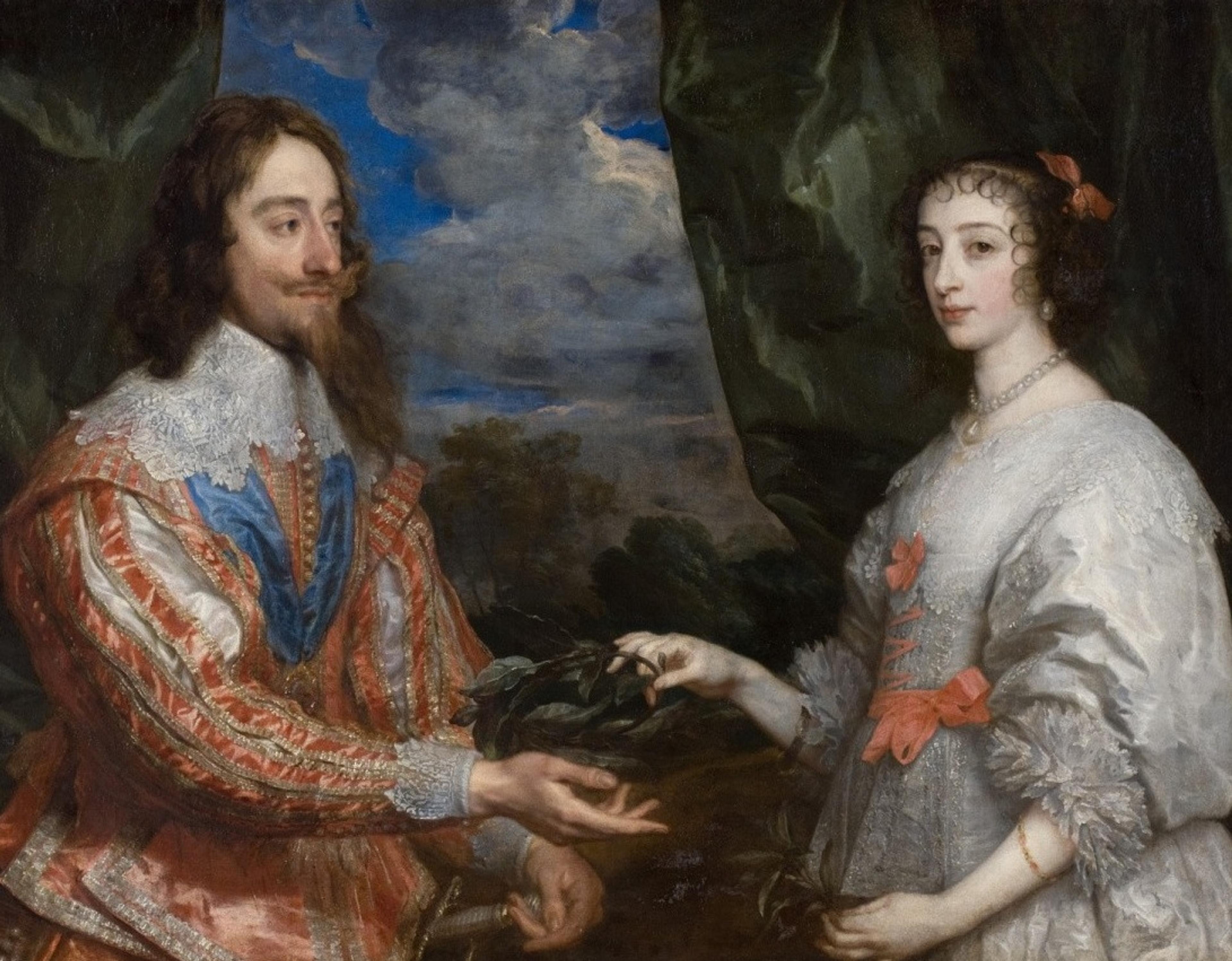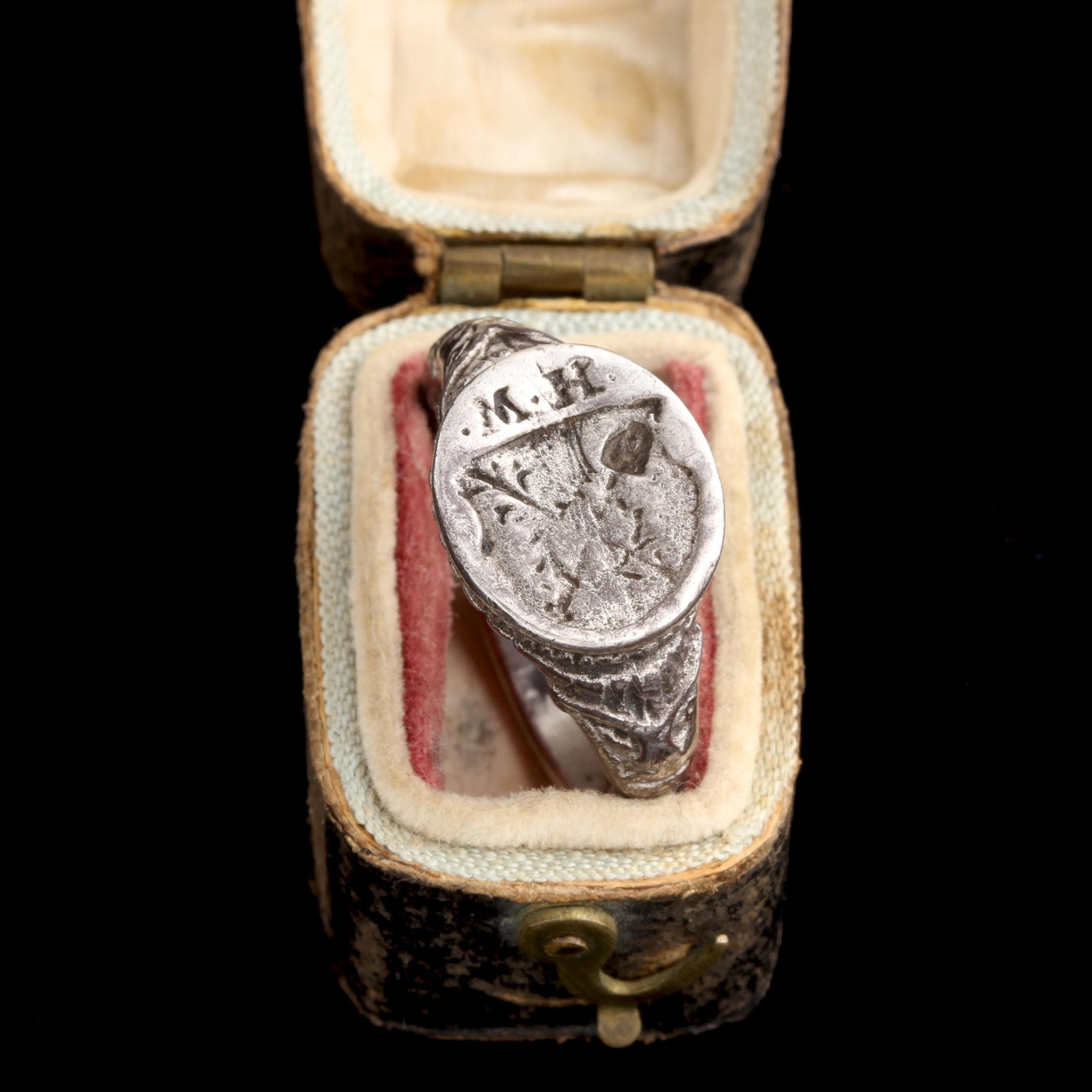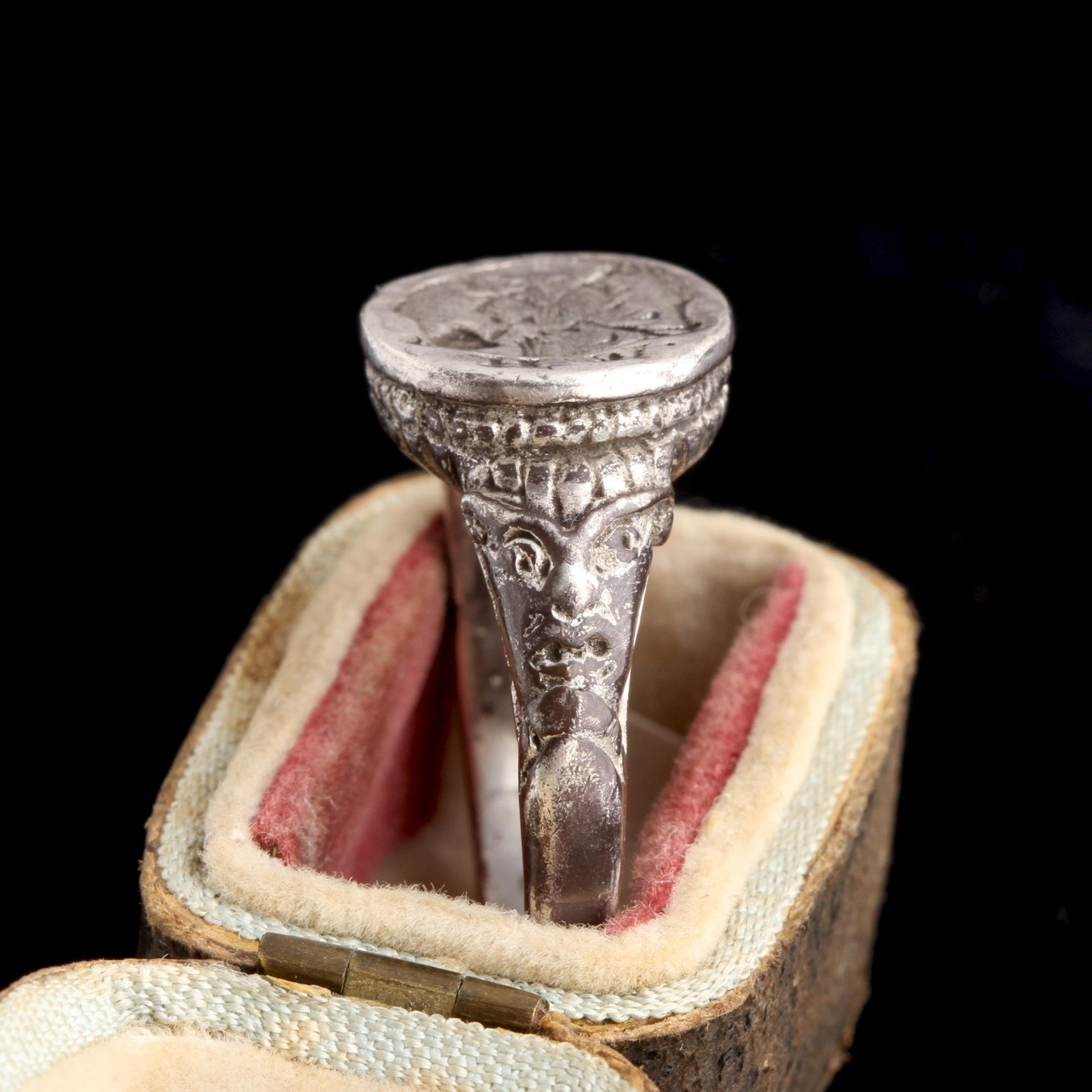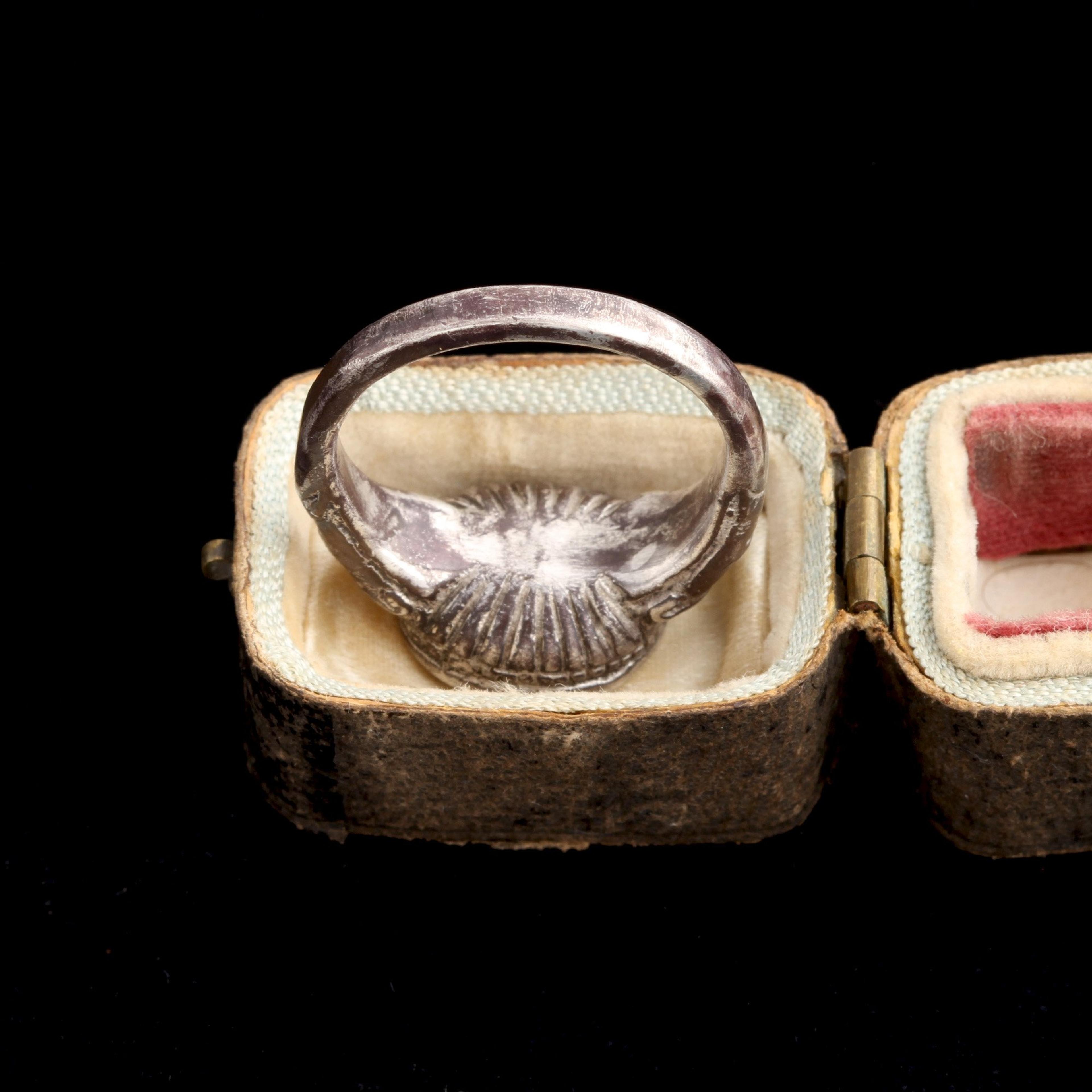Well, I just went on a research spiral. This exceptional silver signet ring dates from the 16th or 17th century, which is fascinating, but I started getting all worked up over the shoulders, which are decorated with the faces of some kind of monster/gargoyle dude. Lindsay noticed it looks a lot like the "Green Man" often found decorating European Medieval churches: a leering or screaming figure always surrounded with leaves or vines. He was thought by Victorian scholars to be an ancient Pagan symbol of fertility. The fact that a Pagan god could exist side-by-side with Christianity was hugely exciting to people in the 19th century; the industrial revolution was underway and spirituality was waning. The Green Man suggested a connection to a pre-Christian, spiritual relationship with the land, one people perhaps might still access. Fast forward to the late 20th Century and the Green Man has morphed into a countercultural icon. In the 60's and 70's it was adopted by New Agers who embraced ancient folkloric symbols and danced around with bare feet and flowers in their hair. In 2007, "Green Man" was the theme of the Burning Man festival. The problem is that despite decorating so many ecclesiastical sites, there's no evidence anywhere in ancient or Medieval texts that the Green Man was a Pagan thing. 21st century scholars argue that the whole concept was invented in 1939 “for a world which was beginning to need him, a world in which people were gradually realising how industrialisation was stealthily degrading our planet.” Still, we worship this human/foliage hybrid.
read this article: https://www.newyorker.com/books/page-turner/the-remarkable-persistence-of-the-green-man
thedetails
- Materials
silver
- Age
c. 16th-17th Century
- Condition
Very good
- Size
size 10, can be resized; 1.25cm x 1.43cm head, 2.7mm shank
Need more photos?
Send us an email to request photos of this piece on a model.

Aboutthe
StuartEra
1603 — 1714
A new era dawned when Queen Elizabeth — the last Tudor monarch — died without an heir. The monarchy was temporarily displaced by the Commonwealth of England from 1649 to 1660 by Oliver Cromwell, but was restored — aka "The Restoration" — as Charles II was invited to take the throne. His father, Charles I, had been beheaded in 1649, and most of the jewelry we see from this period was at least stylistically related to this controversial political event. During this time, discoveries and innovations transformed England and Scotland, which were conjoined after a long period of feuding. Coffee became a new trendy beverage, with 600 coffeehouses in London all catering to a different type of clientele. This imported novelty beverage was possible because of the UK's rapidly expanding worldwide trade network. Not yet interested in acquiring territories, the island nation focused instead on making a fortune exporting wool and importing goods like slaves, sugar, and tea. Everyone (except the enslaved people, of course) benefited from the new merchant class that arose, and in the process the Royal Navy became the most powerful in the world. The look of London changed, too — after the Great Fire of 1666, Christopher Wren was hired to rebuild the city's damaged churches, with his greatest accomplishment being St. Paul's Cathedral.



